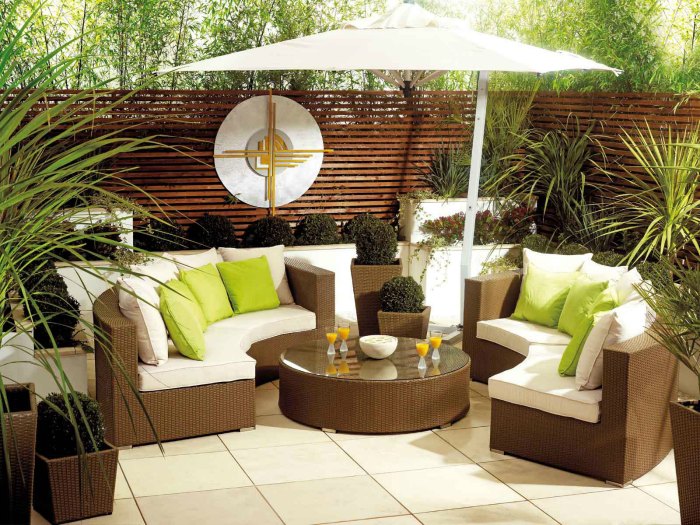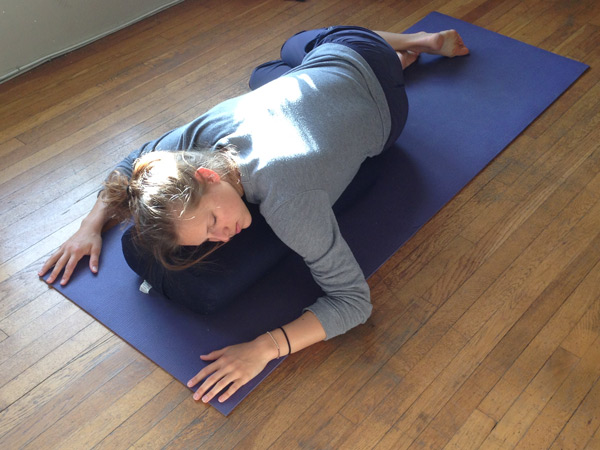Are you tired of seeing the same old rooms so much that you unnoticeable started thinking of moving to a new place? The simpler solution is playing with patterns in your home décor. Your wallet will also thank you for it. Although as of late people are becoming more aware of the effects architecture and home design have on a person’s mood, they are often overlooked. There is a special branch of neuroscience dealing with this in particular, focusing on the importance of the role of mood for designing a certain building. Since it is backed by science, then you best believe it.
When you decide to change designs, you have to be guided by your rooms so you know what can be done within a given space – what may work for the bedroom, may not necessarily work for the living room. If you need more inspiration in your life, allow your inner self to be expressed as your home can be your canvas. Here are ten things that can be your compass when mixing and matching patterns.
- As the largest space of a room is in the form of walls, instead of plain colouring you can spice the look up by adding a nice wallpaper. Wallpaper designers have taken care of this by providing a myriad of wallpapers to choose from to suit everyone’s taste.
- Do not worry about using colours. Choose bold colours and use them as your decorating starting point, then combine them with bold patterns. Give special attention to the walls. There are many wallpaper designers offering a wide range of wall murals and stickers so you can have art walls without buying paintings. Let the experimental side of you take over. Be as bold enough as to use more colours. Sometimes the best combinations appear when you least expect it.
- When using certain colour for your room, you can add a stylistic touch by mixing it with furniture or decorative elements in shades of that same colour, so you avoid a monotonous look and have something that is visually pleasing.
- Have fun with the patterns. If you are not sure how to match different patterns, try to find ones that are somewhat similar or complementing each other. The key to this is starting off with three different patterns. We used to think mixes do not always work well however experts nowadays give thumbs up to versatility.
- Worth to note, so your browsing of patterns can be simplified, is you have to match the size of patterns with the size of furniture or accessories, in other words, match the scales of patterns. Larger patterns are perfect for wall artwork or curtains, whereas medium are fit for furniture pieces such as an armchair or a sofa. The small ones work best on small pieces logically, so use them in the form of pillows.
- When you have rooms with neutral colours, you can easily apply pieces with larger patterns.
- Spend more on a nice rug. Because of its position, a rug is a central piece and can dictate the style. With rugs you can also use large sized patterns.
- Avoid matching designs. Although matching may seem better, too much of it will end up in the opposite direction resulting in visual clutter.
- Use solids for softness and to keep balance in your patterns.
- Last but not least, solids and neutrals are not set to be strictly pattern-less. If there is more room for patterns in your design, you can look for unique solid and neutral furniture pieces.















